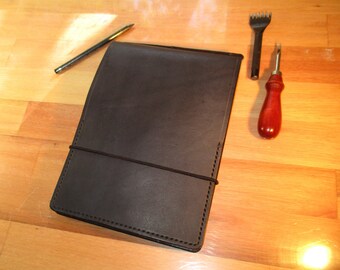

These drawings consist of scales, dimensions, and measurements, and in case they go wrong, the entire house building project can fail. Moreover, it helps in completing the actual project accurately within a specified time frame.įor example, before constructing a house, the engineers and architects need to prepare drawings for floor plan, electrical plan, plumbing plan, etc.to know how the house will look and function before actually building it. Describing your idea verbally is important, but drawings allow you to show the exact dimensions of your imagination. In terms of cover choices, you can opt for inexpensive soft-cover sketch pads or splurge on a hardcover book that offers more durability.īefore you start to doodle, check out our list for top sketchbooks, below.Since the old age, drawings have always been a wonderful way to represent the ideas. Another binding style is called perfect bound, which makes your sketchbook look like a conventional book you'd find on a library shelf. The popular spiral-bound books allow you to lay them completely flat as you draw. There are a lot of sketchbooks on the market that come in a variety of bindings and covers. Tools like watercolor paint, gouache paint, or markers are best used on thicker paper that can handle a lot of media and heavy saturation of materials.Ĭheck out our comprehensive guide for an overview of the types of paper used for art. For pencil and colored pencil, your doodles will be fine on thin 20-pound paper. What media will you use? It’s important to decide what media you’ll use in your sketchbook because it will determine the type of paper that can best handle your art. But if you intend to draw on the road, it’d be wise to select a scale that will fit comfortably in a backpack.ģ. For sketching at home, the size won’t matter as much-your book doesn’t have to travel. Where will you be using this sketchbook? Another aspect to determine is where you intend to draw.


 0 kommentar(er)
0 kommentar(er)
